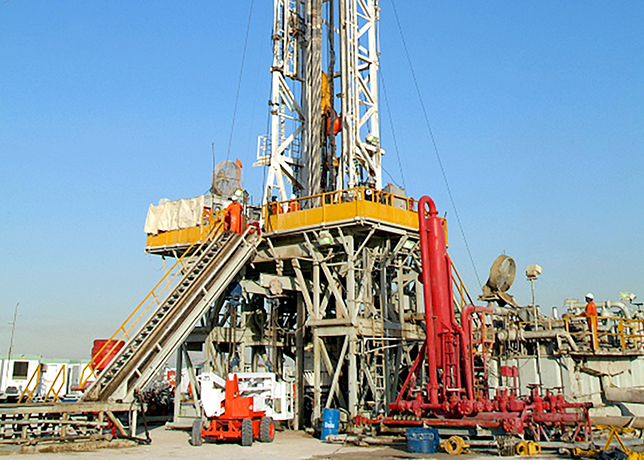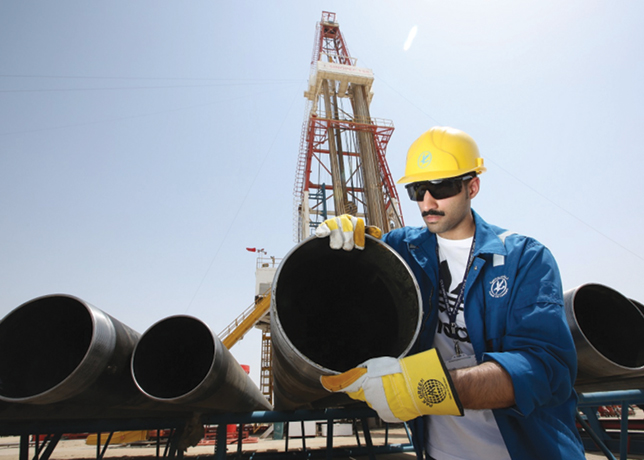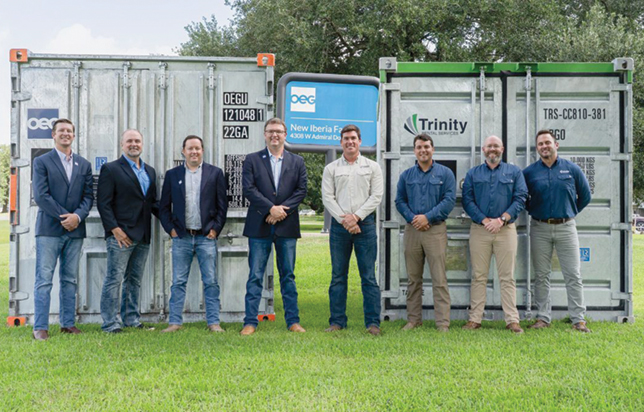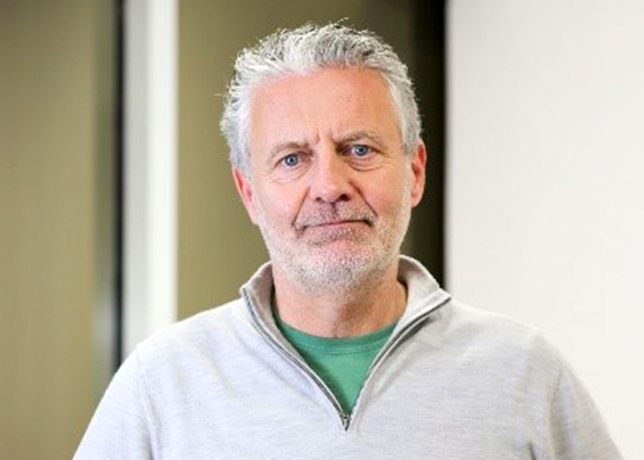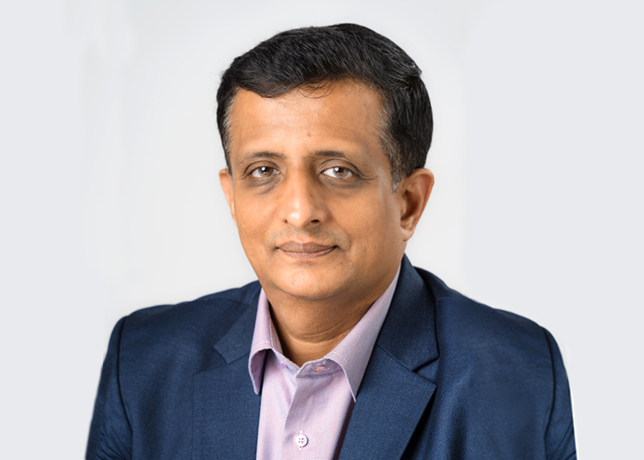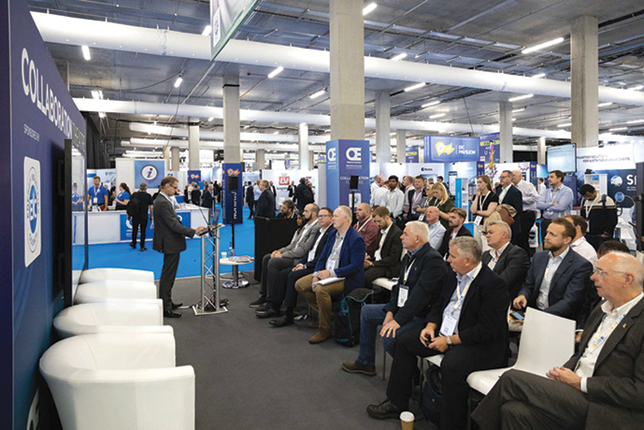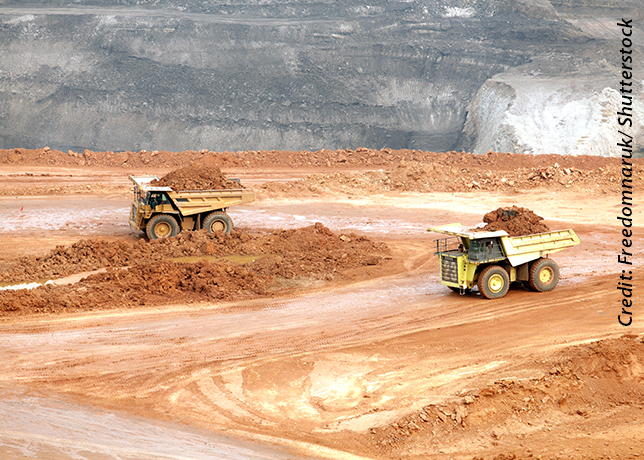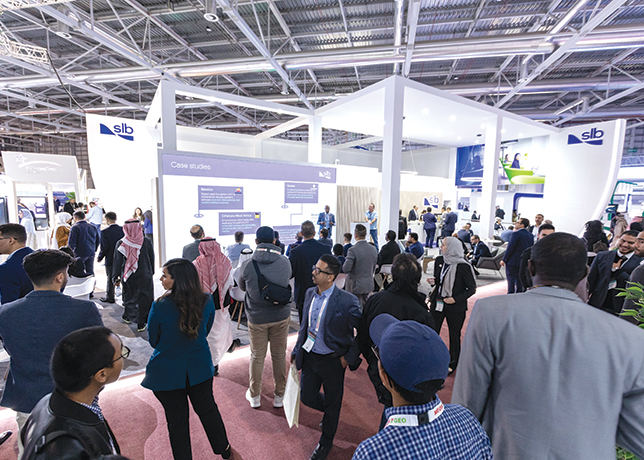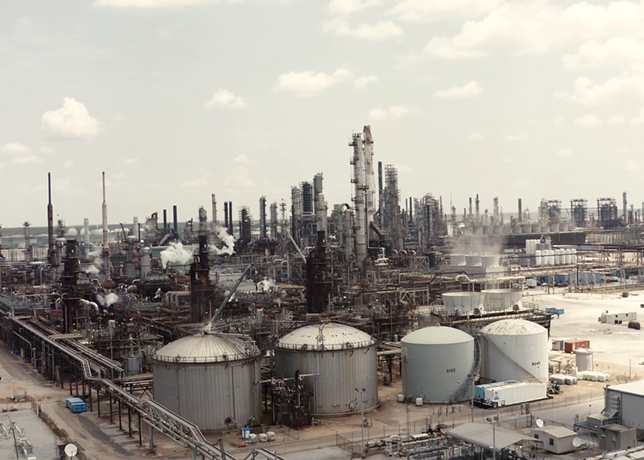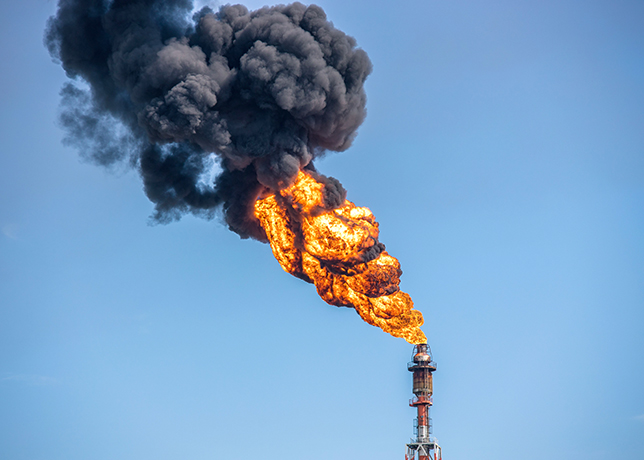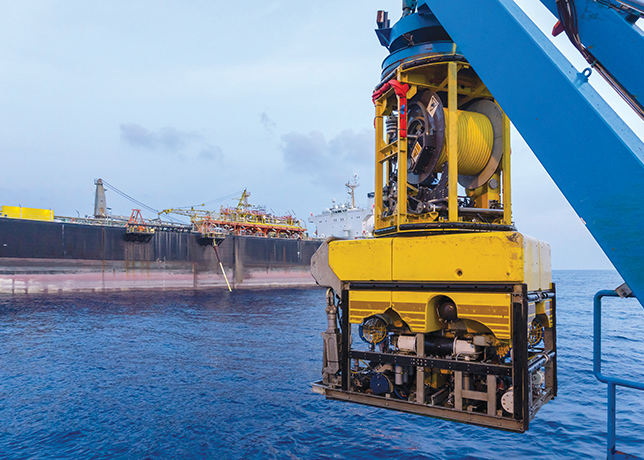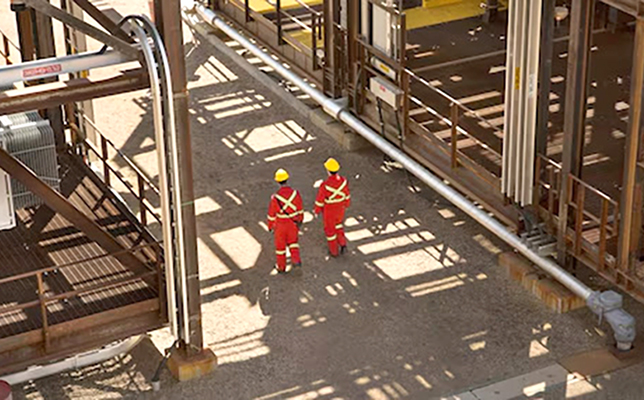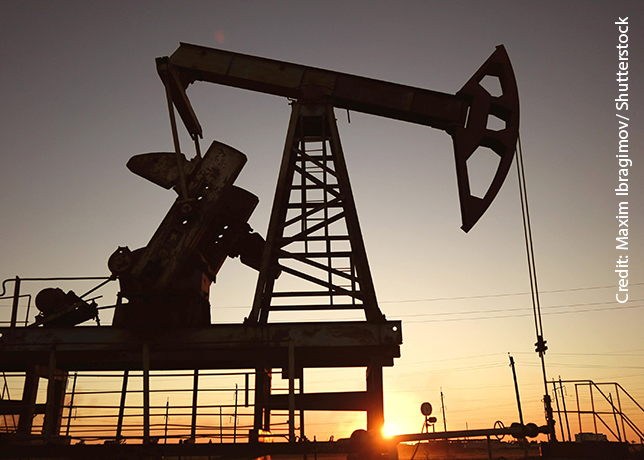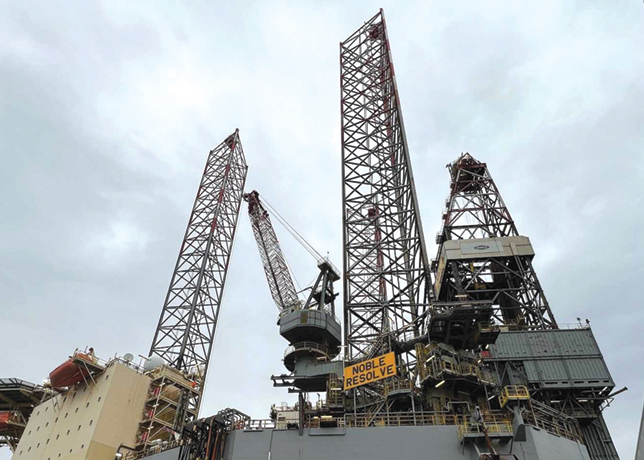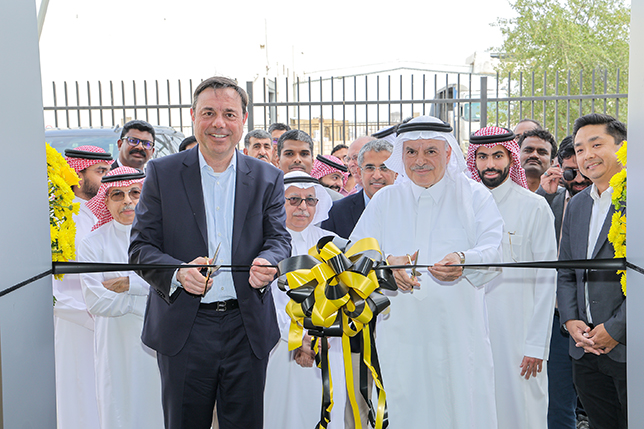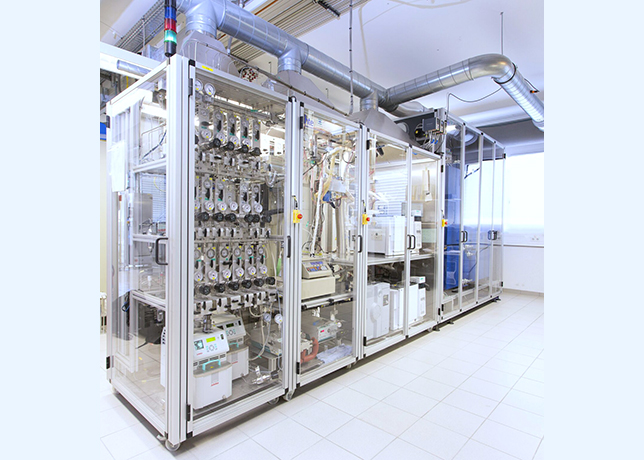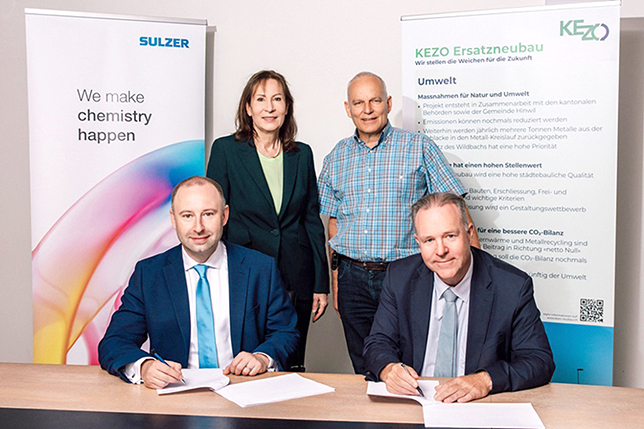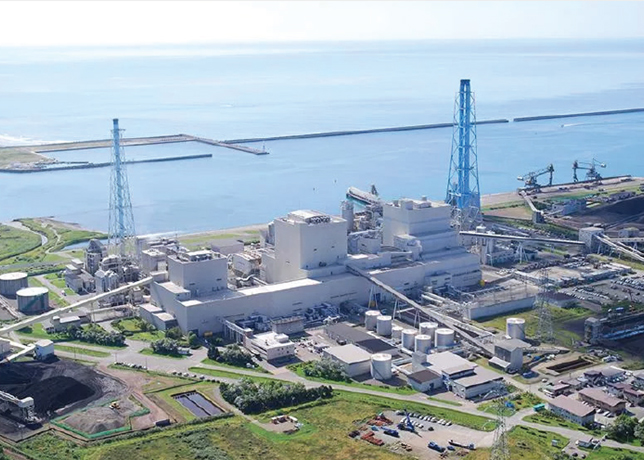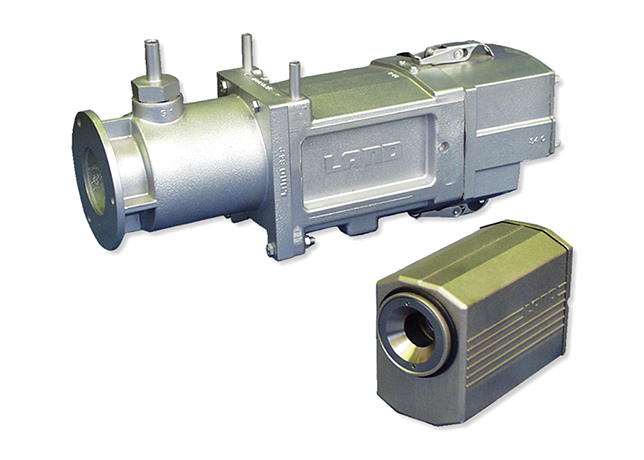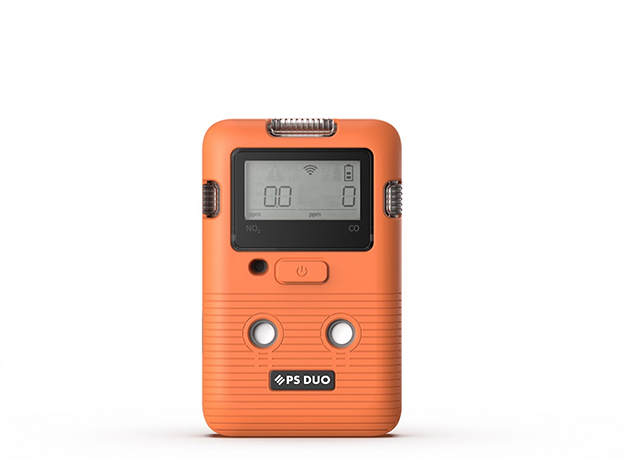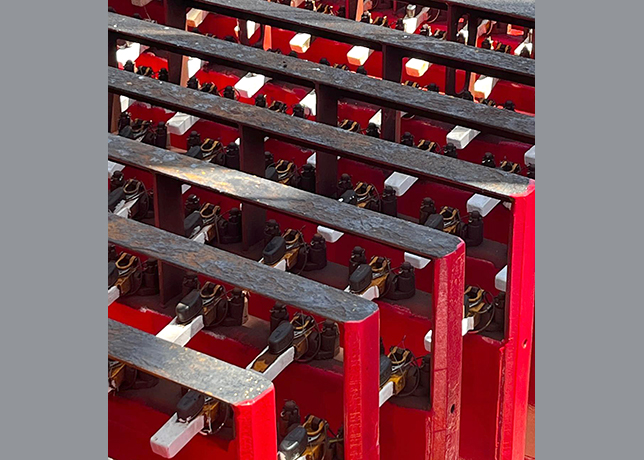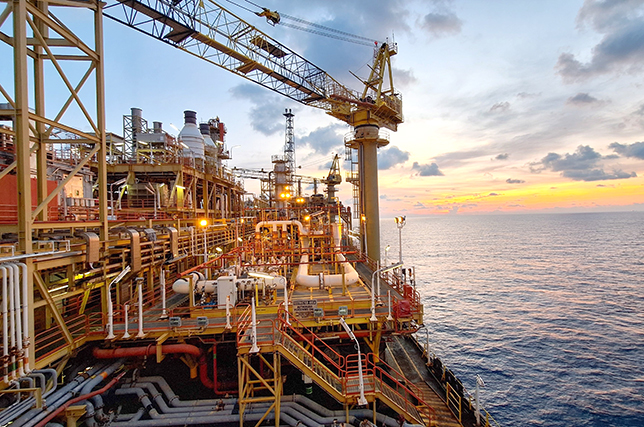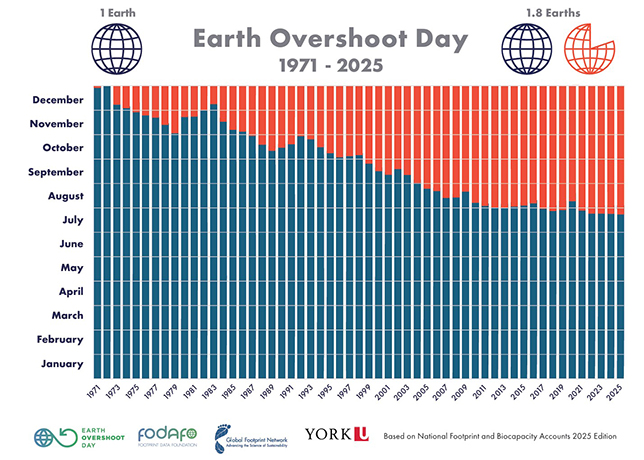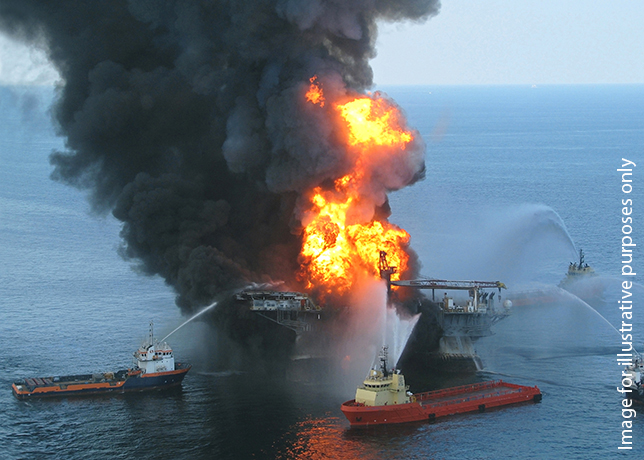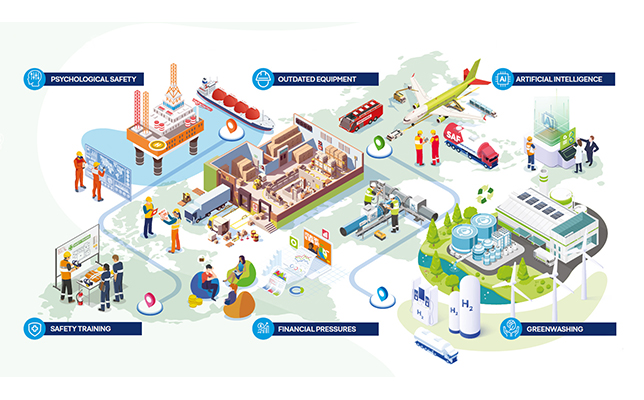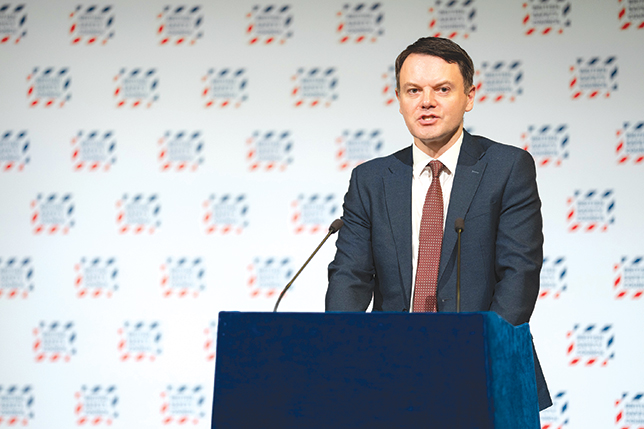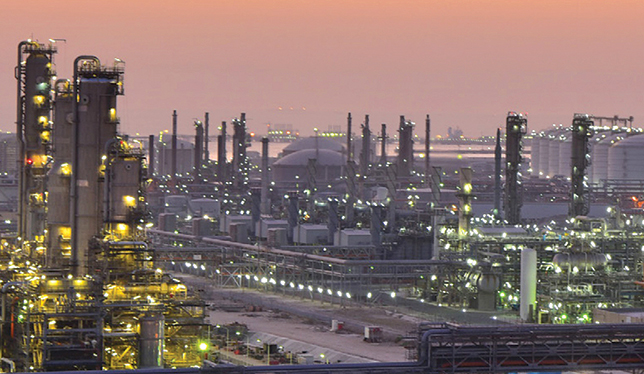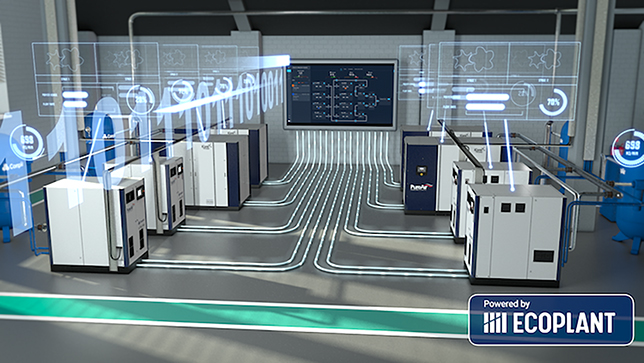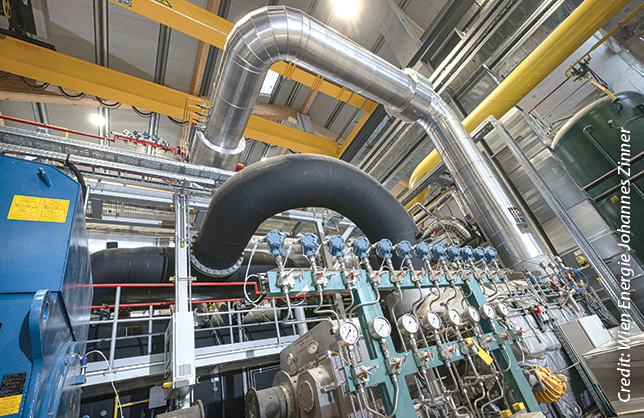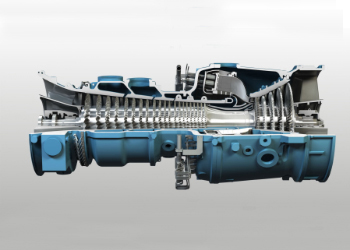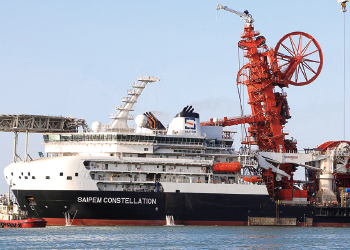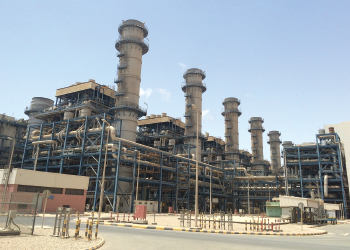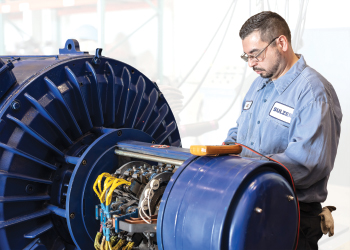
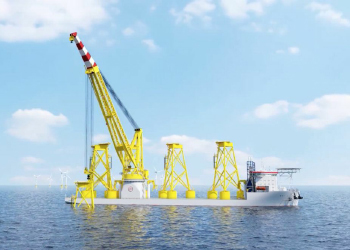 An installation vessel ... demand grows for larger vessels
An installation vessel ... demand grows for larger vessels
Next-generation offshore wind turbines that surpass the height of most modern skyscrapers are driving the need for new installation vessels with impressive lifting capacities and heights
Recognising the need for new lifting vessels to meet demand from giant wind turbines, Luxembourg-based specialised vessel owner Jan De Nul Group has ordered Les Alizés, an installation vessel with a lifting capacity of 5,000 tonnes that will be capable of supporting offshore renewable and offshore oil and gas decommissioning projects. It is the second installation vessel ordered by Jan De Nul in six months.
“We continue to invest in the future of offshore renewable energy. By ordering Les Alizés today, from 2022 we will have not one, but two, offshore installation vessels that will be able to install the newest generation of offshore windfarms,” says Jan De Nul Group Offshore Director Philippe Hutse.
Crucial to supporting the newest offshore windfarms will be the 5,000-tonne, tub-mounted crane that will be designed, engineered, fabricated and delivered by Dutch offshore crane manufacturer Huisman. The crane – which will be the largest of its type installed on a monohull vessel – will be built at the company’s production facility in Xiamen, China and installed at CMHI Haimen shipyard.
The tub-mounted crane is designed to allow operations with its main hoist and auxiliary hoist in extreme weather conditions and will be fitted with Huisman’s dual main hoist system for easy upending of large structures, such as foundations for wind turbines.
The crane also has Huisman’s segmented slew bearing, a fully electric drive system, bridge passage system, an automation package to allow for more efficient operation, and is prepared for as yet unspecified future upgrades.
As a result of its dimensions and impressive lifting and loading capacities, Les Alizés will be able to load out, transport and install multiple wind turbine foundations.
As a floating vessel it will also be able to install next-generation foundations in deeper waters and in areas with more challenging seabed conditions than a jack-up vessel could handle. New generation wind turbines can be more than 270-m high, with blades up to 120 m long and sit on foundations up to 2,500 tonnes. Current offshore installation vessels are experiencing great difficulties in installing these new turbines and their heavier foundations, with their enormous dimensions and installation weights.
Apart from foundations for offshore windfarms, the vessel will also be used to decommission offshore oil and gas platforms. The crane is set to be delivered in 2021.
Besides its main crane, Les Alizés will have a deck loading capacity of 61,000 tonnes and a deck space of 9,300 sq m, making it specifically designed for loading, transporting, lifting and installing offshore wind turbine foundations. Its large loading capacity will allow Les Alizés to transport multiple, heavy foundations to the offshore installation site, with direct benefits in planning, fuel consumption and emissions reduction.
Unlike the Voltaire, Les Alizés is not a jack-up vessel, but comes equipped with dynamic positioning class 2 capability, allowing it to set foundations and install wind turbines in deeper waters. Les Alizés also has greater lifting capability than Voltaire, 5,000 tonnes as compared to 3,000 tonnes.
Both vessels, however, do share exhaust gas filtering technology developed by Jan De Nul that adheres to strict European Euro Stage V guidelines for emissions on land and inland waterways.
“Similar to the Voltaire, we have financed (Les Alizés) by means of a green loan thanks to the green emissions reduction technology on board the vessel,” says Mr Hutse. “During the design phase, as is the case for all our new vessels, we studied very carefully the environmental impact and the solutions to minimise that impact.”
A consortium of five banks led by KBC Bank provided financing for both vessels.
Jan De Nul reports that its dual exhaust filter system removes up to 99 per cent of nanoparticles from emissions using a diesel particulate filter, followed by a selective catalytic reduction system for NOx removal. As a result of these exhaust filtering systems, Les Alizés and Voltaire will be the first oceangoing installation vessels with extremely low emissions (Ultra-Low Emission Vessel or ULEv for short) and with Euro Stage V certification (ULEv notation).


